



 Tech & IT
Tech & IT
 Business
Business
 Coding & Developer
Coding & Developer
 Finance & Accounting
Finance & Accounting
 Academics
Academics
 Office Applications
Office Applications
 Art & Design
Art & Design
 Marketing
Marketing
 Health & Wellness
Health & Wellness
 Sounds & Music
Sounds & Music
 Lifestyle
Lifestyle
 Photography
Photography
More Learnfly
Business Solution Become an InstructorGet started with databases—from choosing your programming language to understanding stored procedures—by watching our SQL tutorials. Whether you want to execute a SQL transaction, run SQL queries, or master database administration, these video courses can help you get up and running.
.jpg)
By : AKHIL VYDYULA
Master SQL essentials, advanced techniques, and pipeline design to build robust data ...
4.3 304
4:5:45 hrs 37 lectures All Level

By : Sekhar Metla (Microsoft Certified Professional) Sudha
Unlock the Power of PostgreSQL: Learn Database Management, Optimization, and Advanced...
4.3 336
6:4:42 hrs 73 lectures All Level

By : Temotec Learning Academy
Using PostgreSQL & applicable to Oracle SQL, Microsoft SQL Server, and MySQL for Data...
4.5 1048
2:4:54 hrs 33 lectures All Level

By : Temotec Learning Academy
Become a Data Analysis Hero - Learn Python & SQL for Data Analysis and Data Science w...
4.8 1021
121 lectures All Level

By : Ahmed Ibrahim
Learn all the SQL skills you need to know to develop, manipulate, manage and communic...
4.5 12845
4:1:52 hrs 79 lectures All Level

By : Sachin Agrawal
SQL for Beginner-For Data Analytics & Business Intelligence...
4.5 954
1:12:52 hrs 28 lectures All Level

By : Sonu Kumar
BI and Data Engineer...
4.5 1106
7:28:54 hrs 117 lectures Intermedite Level

By : SANEM AYDIN YAYLA
Master the Fundamentals of SQL, Learn to Manage Data, Create Databases, and Generate ...
4.5 819
3:4:12 hrs 50 lectures Beginner Level
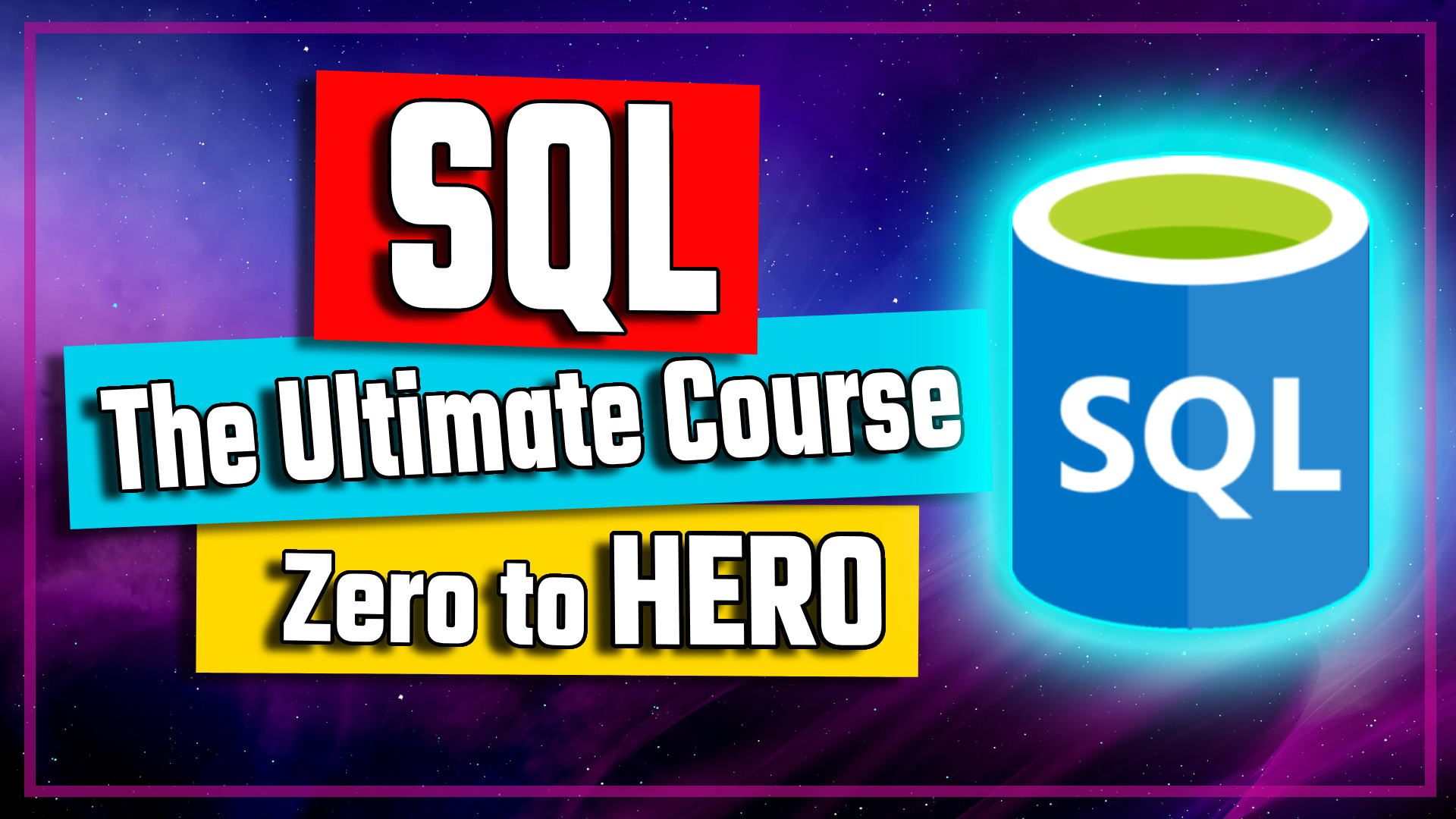
By : test test
Unique SQL course - covers everything you need to MASTER SQL and understand how thing...
4 1345
6:60:4 hrs 78 lectures All Level
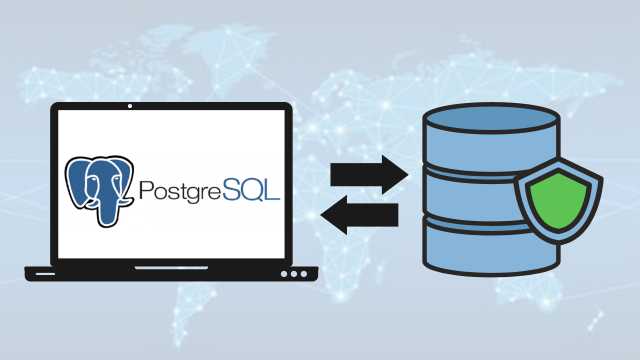
By : Jobshie Academy
Perfect for PostgreSQL course for beginners and first-time coders...
4.3 866
2:44:12 hrs 46 lectures All Level












Learn more topics in various categories at one place. Explore unlimited courses in other categories and up-skill yourself today.

 Jazeb Akram
Jazeb Akram 4.2 771166 Beginner Level

 John Hedengren
John Hedengren 4.1 569074 All Level

 Ranjan Pandey
Ranjan Pandey 4.1 346742 All Level

 Muhammad Ahsan Pervaiz
Muhammad Ahsan Pervaiz 4.2 101350 All Level

 Pieter Vliegenthart
Pieter Vliegenthart 4.6 100927 All Level

 Jerome P.
Jerome P. 4.8 100897 All Level

 Senol Atac
Senol Atac 4.9 100120 All Level

 Vikas Munjal
Vikas Munjal 4.8 100075 Beginner Level

 Avinash A
Avinash A 4.8 100035 All Level
.jpg)
 AKHIL VYDYULA
AKHIL VYDYULA37 Lectures All Level

 Sekhar Metla (Microsoft Certified Professional) Sudha
Sekhar Metla (Microsoft Certified Professional) Sudha73 Lectures All Level

 AKHIL VYDYULA
AKHIL VYDYULA9 Lectures All Level
.jpg)
 Mukund Kumar Mishra
Mukund Kumar Mishra22 Lectures All Level

 Emar Morrison
Emar Morrison53 Lectures All Level
.jpg)
 Emar Morrison
Emar Morrison55 Lectures All Level

 Emar Morrison
Emar Morrison44 Lectures All Level

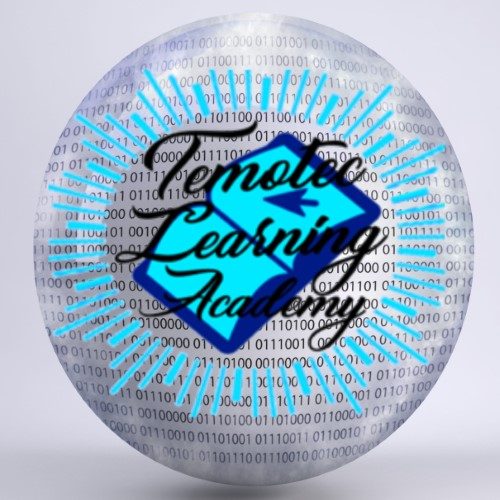 Temotec Learning Academy
Temotec Learning Academy33 Lectures All Level

 Temotec Learning Academy
Temotec Learning Academy121 Lectures All Level

 Ahmed Ibrahim
Ahmed Ibrahim79 Lectures All Level

 Mohammed Abdelkarim
Mohammed Abdelkarim51 Lectures All Level

 Sachin Agrawal
Sachin Agrawal28 Lectures All Level

 Sonu Kumar
Sonu Kumar117 Lectures All Level

 SANEM AYDIN YAYLA
SANEM AYDIN YAYLA50 Lectures All Level

 Saurabh Asthana Asthana
Saurabh Asthana Asthana45 Lectures All Level

 Mazhar Hussain
Mazhar Hussain23 Lectures All Level

 test test
test test78 Lectures All Level

 Ali Bouali
Ali Bouali64 Lectures All Level
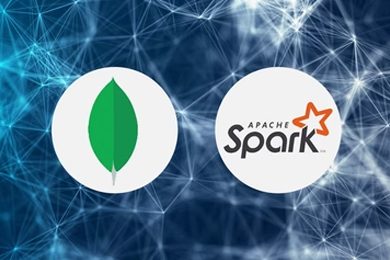
 Edwin Bomela
Edwin Bomela27 Lectures All Level

 Edwin Bomela
Edwin Bomela27 Lectures All Level

 Jobshie Academy
Jobshie Academy46 Lectures All Level
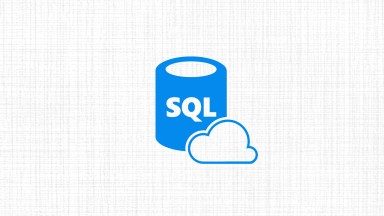
 Sekhar Metla (Microsoft Certified Professional) Sudha
Sekhar Metla (Microsoft Certified Professional) Sudha98 Lectures All Level
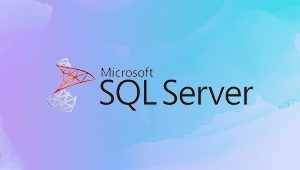
 Sekhar Metla (Microsoft Certified Professional) Sudha
Sekhar Metla (Microsoft Certified Professional) Sudha87 Lectures All Level
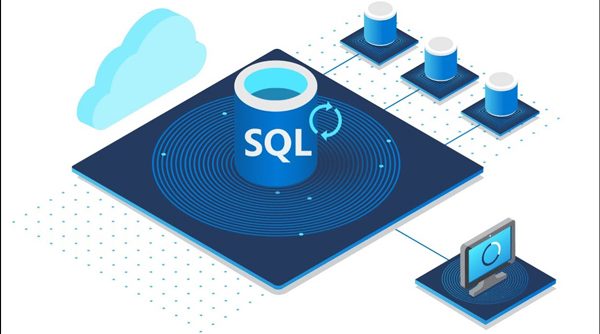
 Satyajit Pattnaik
Satyajit Pattnaik19 Lectures All Level

 Abhinav Saraogi
Abhinav Saraogi 9 Lectures All Level
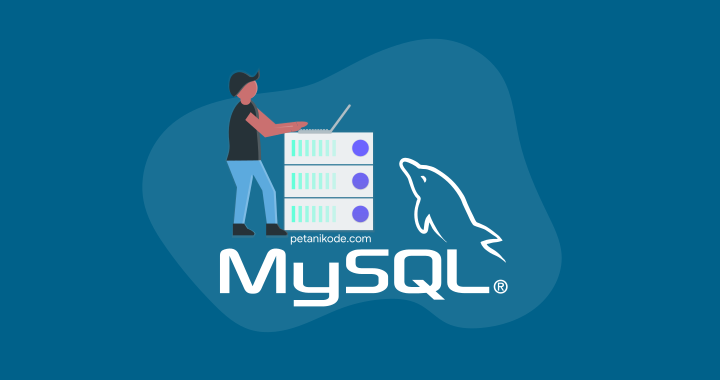
 Web Coding
Web Coding19 Lectures All Level

 Tareq Alkhateeb
Tareq Alkhateeb 239 Lectures All Level

 Dave Merton
Dave Merton76 Lectures All Level

 Sekhar Metla (Microsoft Certified Professional) Sudha
Sekhar Metla (Microsoft Certified Professional) Sudha59 Lectures All Level

 Sekhar Metla (Microsoft Certified Professional) Sudha
Sekhar Metla (Microsoft Certified Professional) Sudha54 Lectures All Level

 Sekhar Metla (Microsoft Certified Professional) Sudha
Sekhar Metla (Microsoft Certified Professional) Sudha57 Lectures All Level
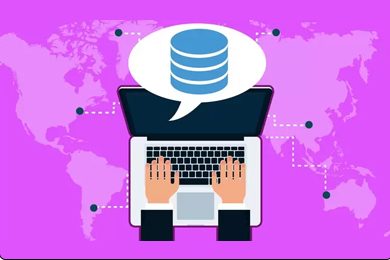
 Vardges Zardaryan
Vardges Zardaryan26 Lectures All Level
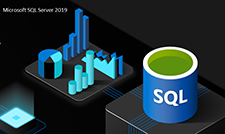
 Sanesh Kale
Sanesh Kale23 Lectures All Level
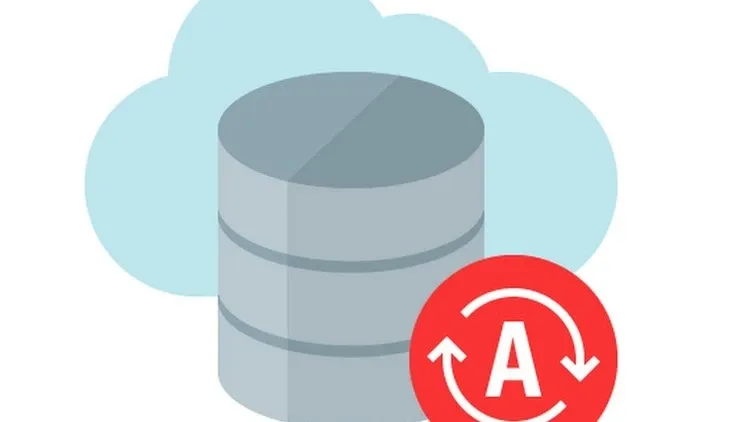
 Sanesh Kale
Sanesh Kale9 Lectures All Level

 Sanesh Kale
Sanesh Kale18 Lectures All Level

 Van Jordan
Van Jordan15 Lectures All Level

 Prashant Munshi
Prashant Munshi30 Lectures All Level

 koduru sridevi
koduru sridevi5 Lectures All Level

 koduru sridevi
koduru sridevi9 Lectures All Level

 koduru sridevi
koduru sridevi12 Lectures All Level

 Arunprakash P V
Arunprakash P V12 Lectures All Level

 Vikas Munjal
Vikas Munjal65 Lectures All Level
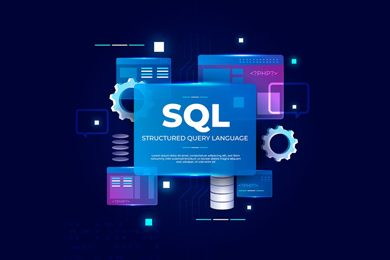
 Vikas Munjal
Vikas Munjal46 Lectures All Level

 Lorenz De Smedt
Lorenz De Smedt20 Lectures All Level

 koduru sridevi
koduru sridevi14 Lectures All Level

 Michael Enudi
Michael Enudi129 Lectures All Level

 Rashid Khan
Rashid Khan44 Lectures All Level
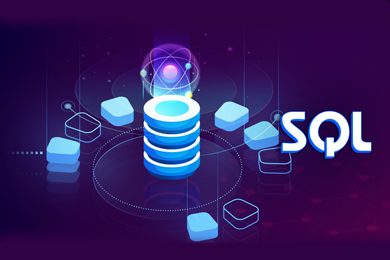
 Jazeb Akram
Jazeb Akram24 Lectures All Level

 Laurence Svekis
Laurence Svekis19 Lectures All Level
SQL, or Structured Query Language, is a domain-specific language used for managing and manipulating relational databases. It is employed for tasks such as querying data, defining and modifying database structures, and controlling access to the stored data.
SQL supports several fundamental operations, including SELECT (retrieve data), INSERT (add new data), UPDATE (modify existing data), DELETE (remove data), and CREATE/ALTER/DROP (manage database structure).
SQL is a language, while MySQL is a relational database management system (RDBMS) that uses SQL. MySQL is one of many database systems that implement the SQL language. Other examples include PostgreSQL, SQLite, and Microsoft SQL Server.
A primary key in SQL is a unique identifier for a record in a table. It ensures each row has a distinct identity, and it is often used to establish relationships between tables. The primary key constraint enforces the uniqueness and non-null properties of the key.
Normalization is the process of organizing data in a database to reduce redundancy and dependency. It involves dividing large tables into smaller, more manageable tables and defining relationships between them. Normalization helps maintain data integrity and avoids data anomalies.





